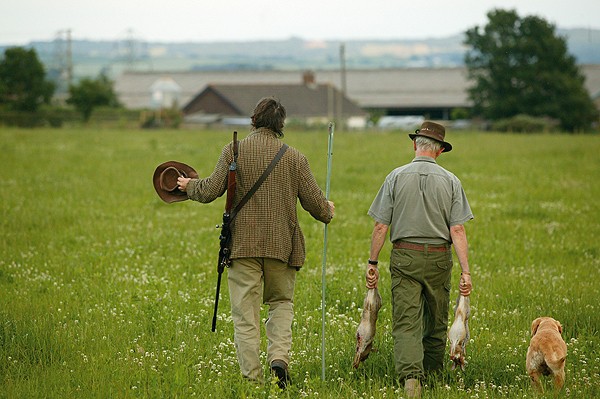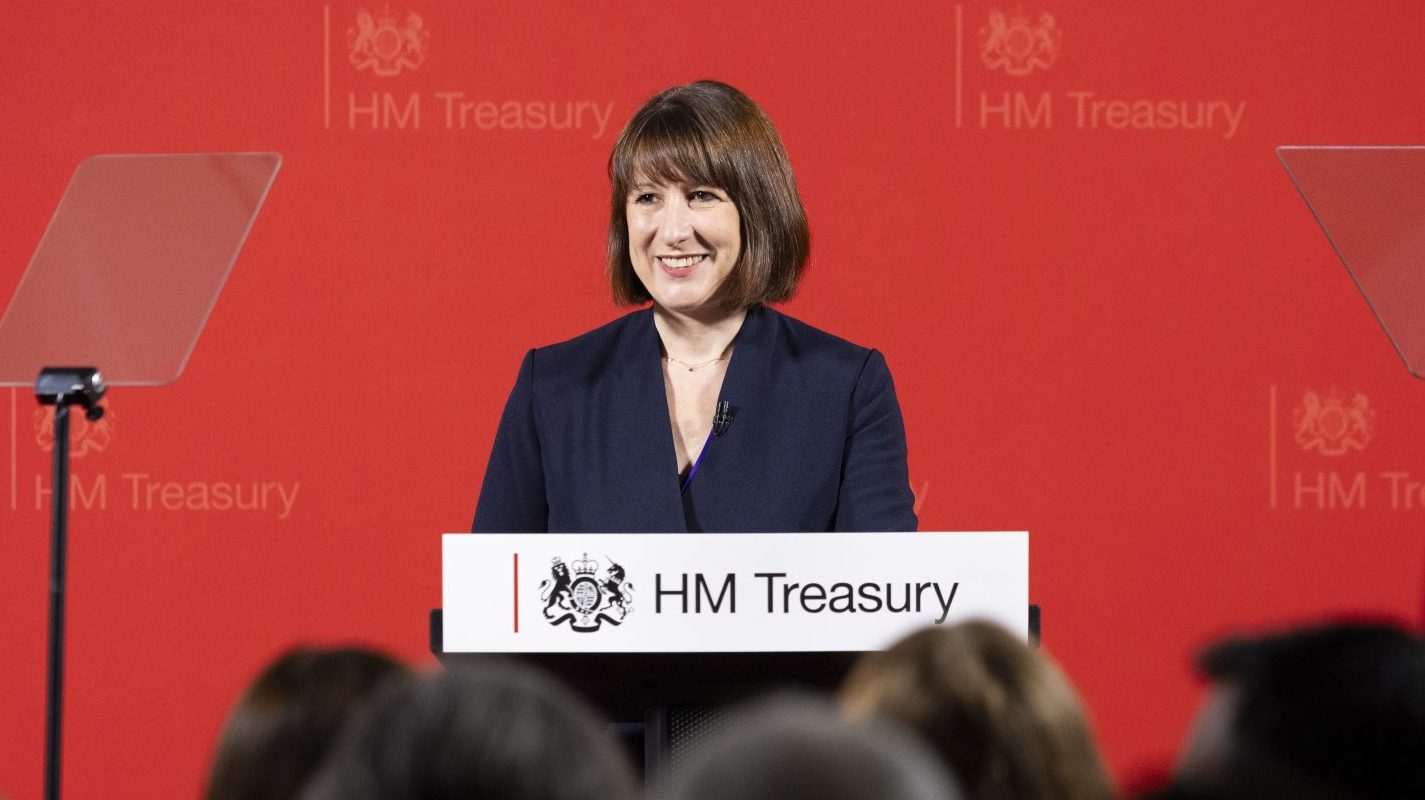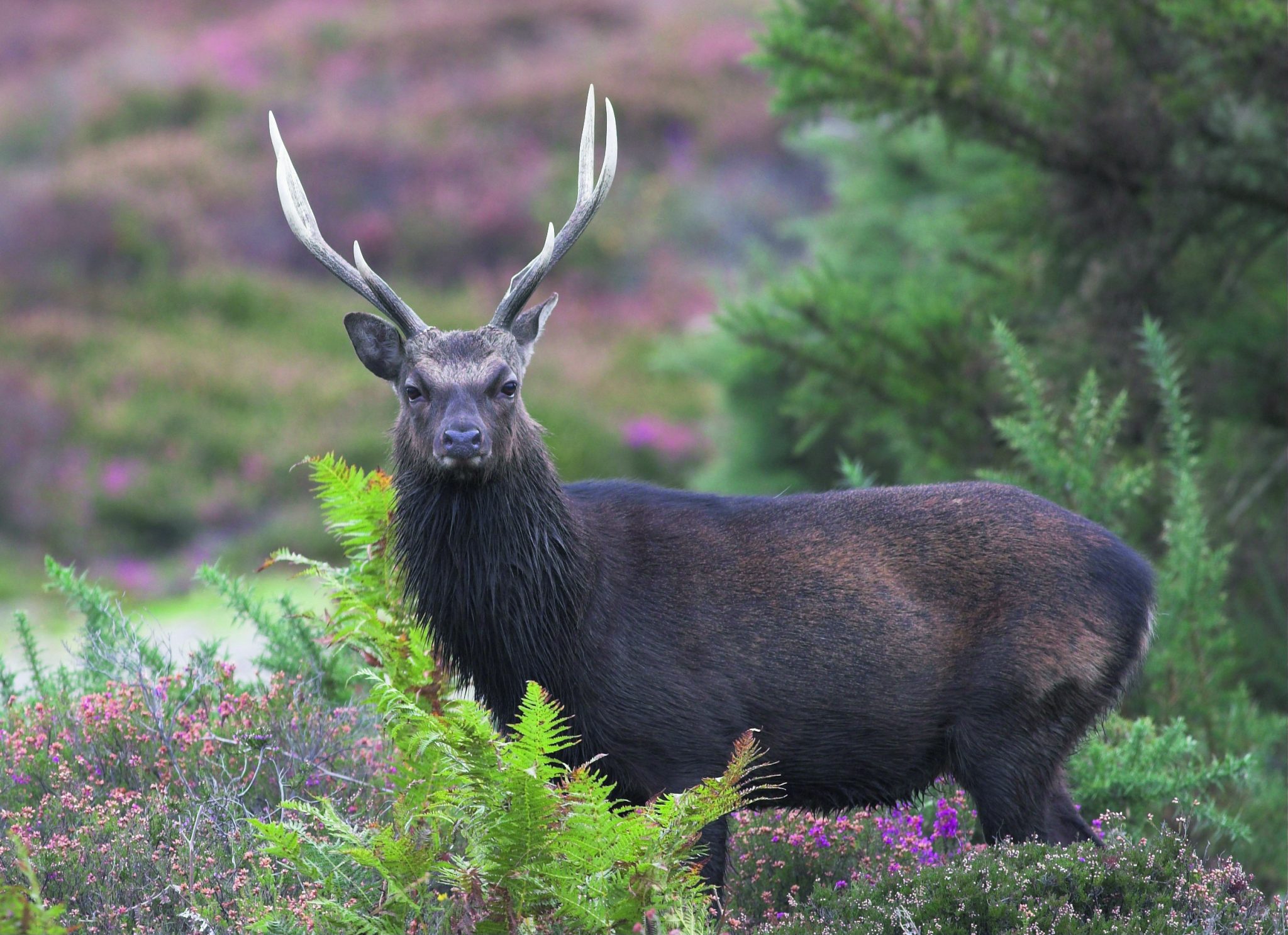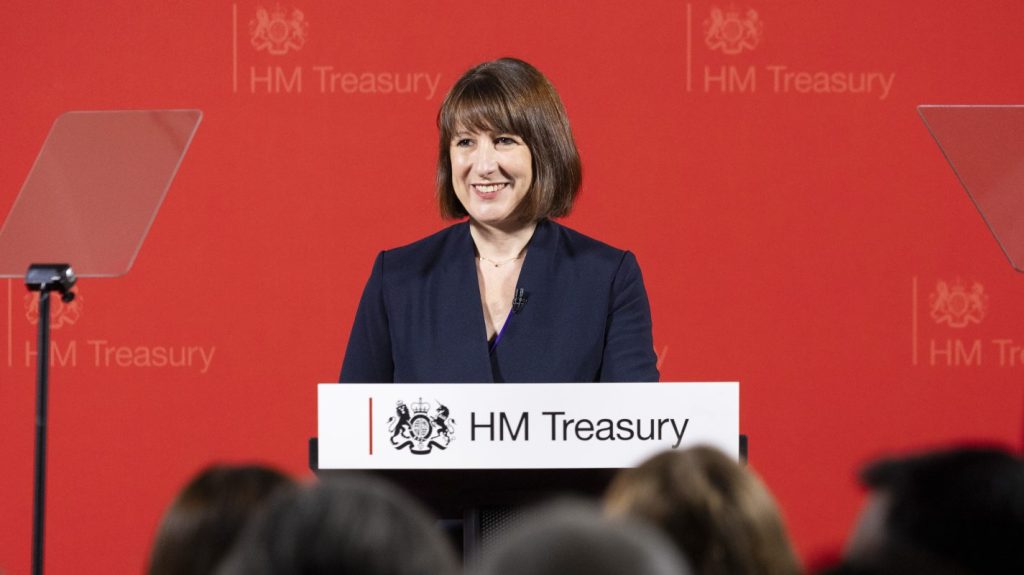News
Surveillance: Attack of the drones
<strong>LACS' latest extreme surveillance method</strong>
Would you like to speak to our readers? We offer sponsored articles and advertising to put you in front of our audience. Find out more.
In March, The Times reported that the League Against Cruel Sports (LACS) was working with ShadowView, a company that provides drones to support animal rights and environmental investigations. An accompanying video revealed two things: first, that the co-founder of ShadowView has no idea of the practicalities of following the hunts LACS is so keen to film, and second, that his company?s drones resemble models built with balsa wood and elastic bands rather than the unmanned aircraft that the US military uses.
The fact that the story appeared when and where it did suggests that LACS isn?t optimistic about what the drones will achieve. LACS has based its post-Hunting Act strategy on providing evidence of breaches of the law through sophisticated covert surveillance, and this has been an almost complete failure. Public announcements about the methods that will be used are not going to improve its chances of success ? if video evidence from drones was really going to be the basis of criminal prosecutions, we would expect to hear about them first from policemen and lawyers, not journalists.
The lawfulness of drone operations in the UK is not a straightforward issue. Civil Aviation Authority (CAA) guidance does not require individual registration of drones under 20kg in weight, but they may only be used for ?visual line of sight operations?, which is defined as 500m horizontally and 122m vertically from the operator. LACS has not said whether it intends to mount its operators to ride across country after hunts in order to keep its drones within line of sight. The CAA also states that such aircraft cannot be used within 150m of a congested area or within 50m of people or animals.
Rights over airspace
Landowners have rights not only for their land, but also for the airspace above it. The leading UK judgement restricts the rights of an owner in the airspace above his land to such height as is necessary for the ordinary use and enjoyment of his land. Where there is an interference with these rights, the landowner could bring a civil action for nuisance or trespass.
Were an enterprising paparazzo to employ an unmanned aircraft to fly over private property to photograph a celebrity, you could be sure that writs would soon be flying faster than the drones. Similarly, if LACS were to target, for instance, a grouse moor with surveillance drones using the general right of access to open land to carry out visual line of sight operations, resorting to the law would be advisable.
With a hunt, however, matters would be more complicated, as most operate with the permission, but not the involvement, of multiple landowners over large areas.
The likelihood of surveillance drones having an impact on hunting is tiny. LACS has spent countless hours filming hunts, with almost no evidence of any breaches of the law. The last time it collected evidence that led to a conviction under the Hunting Act was three seasons ago. Flimsy drones are not going to collect any more relevant evidence than the sophisticated cameras LACS currently deploys, which can produce clear video from miles away.
In the US, an animal rights organisation campaigning against pigeon shooting has used drones to target events at private clubs. The American shooters have been unable to resist using the aircraft for target practice, but this is exactly what the animal rights group wants ? it is the shooting of drones, not pigeon, that pushes the antishooting agenda on to US news bulletins, and we must not fall into the same trap.
So, if you are followed by a whining aircraft next season, resist the temptation to shoot it down. Like antis lurking in the bushes, the proposed use of drones is not a real threat; it is just another sign of the failure of the Hunting Act. LACS? last resort is smear, innuendo and cheap PR. A drone can only follow you for a few hundred yards and will need to refuel within minutes, but a story about it being shot from the sky will last a lot longer and travel a lot further.
Related articles
News
PETA attacks royal couple for breeding cocker pups
The Prince and Princess of Wales have faced criticism from animal rights group PETA after they had a litter of puppies
By Time Well Spent
News
Farmers launch legal review against Reeves’s farm tax
Chancellor Rachel Reeves faces a judicial review over inheritance tax reforms that could force family farms out of business
By Time Well Spent
Manage Consent
To provide the best experiences, we use technologies like cookies to store and/or access device information. Consenting to these technologies will allow us to process data such as browsing behavior or unique IDs on this site. Not consenting or withdrawing consent, may adversely affect certain features and functions.
Functional Always active
The technical storage or access is strictly necessary for the legitimate purpose of enabling the use of a specific service explicitly requested by the subscriber or user, or for the sole purpose of carrying out the transmission of a communication over an electronic communications network.
Preferences
The technical storage or access is necessary for the legitimate purpose of storing preferences that are not requested by the subscriber or user.
Statistics
The technical storage or access that is used exclusively for statistical purposes.
The technical storage or access that is used exclusively for anonymous statistical purposes. Without a subpoena, voluntary compliance on the part of your Internet Service Provider, or additional records from a third party, information stored or retrieved for this purpose alone cannot usually be used to identify you.
Marketing
The technical storage or access is required to create user profiles to send advertising, or to track the user on a website or across several websites for similar marketing purposes.





